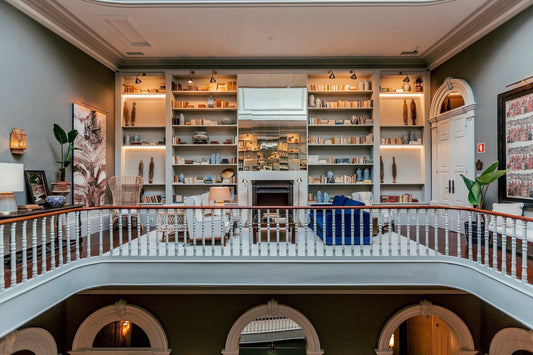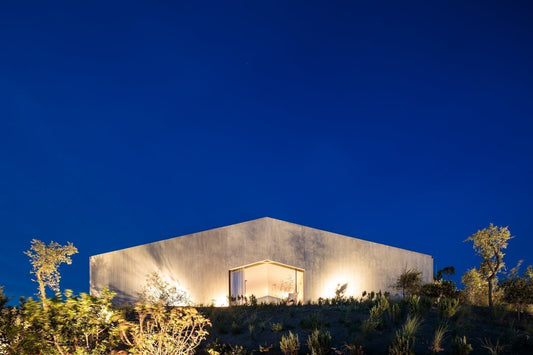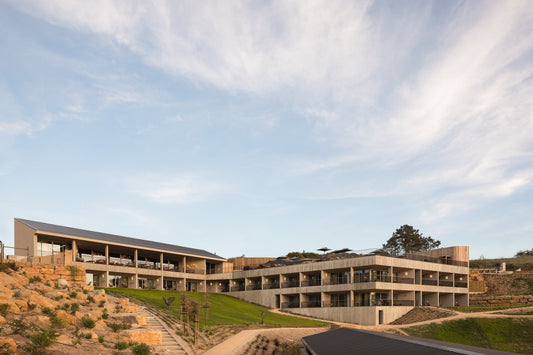Bouça: Álvaro Siza’s SAAL Social Housing Legacy
From social ideals to urban reality: Siza’s Bouça stands the test of time
Words and Photos by Kerol Izwan
It was a sunny morning stroll. I hadn’t really planned what to explore that day, letting my feet roam freely through the hilly streets of Porto. Passing by facades of homes, old malls with mostly closed shops despite the weekday hours, and cafes both new and old, the city revealed itself in its quiet, quaint charm. Little did I know that my wandering would lead me to one of Álvaro Siza’s most intriguing architectural works: the Bouça Housing Complex.

To be frank, Bouça wasn’t on my list. Yet there it was before my eyes, in a quiet area accessible from the Main Street. At first glance, the complex felt almost prison-like, with barrack-style doors and staircases leading to each unit. But this impression quickly gave way to curiosity, as the thoughtfulness and social intent embedded in Siza’s design unfolded.
The Bouça Housing Complex was conceived in the 1970s by Álvaro Siza under Portugal’s SAAL program, a revolutionary social housing initiative that placed architects directly in conversation with local communities. Designed as a relatively inexpensive project, it aimed to create functional spaces while preserving human dignity. Construction was interrupted for decades, leaving Siza’s vision unfinished. By the early 2000s, the local federation of cooperatives convinced the Câmara Municipal do Porto and the Instituto Nacional de Habitação to resume the project. Renovation had to navigate residents’ improvised adaptations and fears of rising rents, while striving to maintain the integrity of Siza’s original design.




When completed, Bouça evolved beyond its original intent. Though Siza’s core vision remained, the complex now welcomed students, young professionals, and newly formed families. A subway station at its entrance, open streets, gardens, and functional infrastructure integrated the housing with the city around it. Bouça is no longer isolated—it flows with urban life, reflecting both social ideals and the evolving realities of Porto.
Strolling past it that day, I realized that architecture is more than static structures. Álvaro Siza’s Bouça is a living dialogue between people, place, and time, quietly shaping lives while telling the story of a city that balances history, community, and design.



